What is an ellipsoidal reflector spotlight
An ellipsoidal reflector spotlight (ERS) is a focusable luminaire capable of producing a narrow beam with hard edges. This is the most common instrument in use for highlighting certain areas of the stage, typically where the main action takes place. All ERS fixtures make use of lenses to produce highly controlled beams of light and incorporate shutters to shape the beam of light. The ability to create very crisp beams for a great visual impact with the absence of spill light and to accept slide-in gobos for pattern projection makes this fixture particularly useful to the stage lighting designer.
Typically utilized in front-of-house positions (on the auditorium side of the proscenium), the ellipsoidal spotlight is usually the fixture of choice for accentuating features and specials. The accent light creates a focal pool of light that draws the audience’s attention to a performer or creates a visual interest. In America, an ERS is often referred to as a Leko, which is the brand name of a fixture created by Strand Lighting. In the U.K. the ERS is also called a profile spot because the beam can be shaped to the profile of an object.
System configuration
An ERS combines an ellipsoidal shaped reflector with a lens system in front and has an optical gate at its focal point which enables the insertion of gobos (pattern plates) or irises to shape the beam of light. This stage light is unique in that it has two focal points. The light source is placed at the focal point of an ellipse. This second focal point position is the optical gate. The light produced from the light source is focused through the optical gate where the beam can be shaped with shutters, gobos, and/or irises. The shaped beam is then focused by the lens system. The lens system consists of one or two lenses, usually, 4.5, 6, 8, 10 or 12″ in diameter. The reflector and lens establish the focal length (the distance from the lens to the light source) which determines the size of beam produced.
Ellipsoidal reflector spotlights are available in models of both fixed and variable focal lengths. A twin-lens system, in which two plano-convex lenses are installed “belly-to-belly”, makes it possible to achieve a variable focal length. This instrument is referred as a zoom ellipse. ER spotlights are sized by the lens diameter and the focal length of the lens in inches with 4 1/2 x 6, 6 x 9, 6 x 12, 6 x 16, and 6 x 22 being some commonly available sizes. They are also identified by their beam angle in degrees. These directional lights are available from 5° for very long throws to 90° for very short throws.
Lighting technology
A typical ellipsoidal reflector spotlight includes a light source mounted either axially or radially with the base, a barrel that contains a lens or lens train, an, ellipsoidal reflector, a shutter assembly, a control panel with a display, and a set of brackets or an accessory holder on the end of the lens barrel that accept gel frames, a color changing unit or other accessories. Conventional ER spotlights incorporate high wattage tungsten-halogen or gas discharge lamps to deliver white light in a warm or cool tone, or produce colored light through subtractive color mixing. The profound energy, operation and application benefits enabled by LED lighting are facilitating a switchover to the new technology.
LEDs are semiconductor devices that are efficient in conversion from electrical to optical power and have a service life sufficiently longer to eliminate the need to replace the light source. These solid state light sources are also far more versatile than traditional light sources with regards to intensity, spectral and optical control. It is often desirable to implement accent lighting with a dimming functionality to provide fully, instantaneously variable light output.
LED technology ushers in exceptional effectiveness in intensity manipulation since the current-driven LEDs are inherently controllable. This level of controllability also allows a multi-channel LED system to produce predictable colors through additive color mixing. The spectral power distribution (SPD) of LEDs, which corresponds to the color of a light source, can be engineered at the chip- or package-level by manipulating the bandgap of the semiconductor material and/or the composition of the phosphor down-converter.
Color reproduction and tuning
An LED ERS that produces light in static white most often uses a chip-on-board (COB) LED array which provides high lumen output with superior beam uniformity, although discrete CSP and ceramic packages are also applicable. The white LEDs usually emit in tungsten-halogen (3200K) or daylight (5600K) colors. They are typically full-spectrum sources that deliver radiant power fairly broadly across the visible spectrum in order to faithfully reproduce color in illuminated objects.
Tunable white LED luminaires that incorporate LEDs with different color temperatures offer the flexibility of adjusting the chromaticity coordinates in a wide range. Full-color lightings systems capable of creating any desired color across the defined color gamut at any level of saturation are becoming more and more popular. The multi-channel LED module used in these luminaires includes at least three LED primaries (red, green, and blue).
Load regulation and LED dimming
The LED driver is integral to the luminaire. It usually operates over a wide input voltage range and adopts a two-stage design to provide tight regulation and control on the LED load for flicker-free lighting while providing a near unity power factor and a low total harmonic distortion (THD) over wide variations in line voltage.
Dimming of the LEDs is accomplished through pulse width modulation (PWM) which can provide a very precise output level over a full range from 100% to 0% and operate without color shift. Multi-channel dimmable LED drivers are used in tunable white lights and full-color systems such as RGB, RGBW, RGBWA and RGBAL lights. Each of the component LEDs of these lights requires individual, accurate current regulation and dimming control.
The LED driver and dimming circuity are configured to accept control input through local controls and a communication interface that allows the luminaire to communicate with the DMX controller. Some products are RDM enabled to provide for improved control of the lights.
Thermal management
The high power LED module produces a high thermal load. In order to achieve their full potential for efficiency, performance and reliability, the critical junction temperature of the LEDs must be kept low. The housing of an ERS act as a heat sink and is typically constructed of die cast or extruded aluminum. The heat sink can comprise active cooling elements, such as fans, to increase the convection heat transfer coefficient, and hence drastically improve the lumen maintenance and color stability of the LEDs.

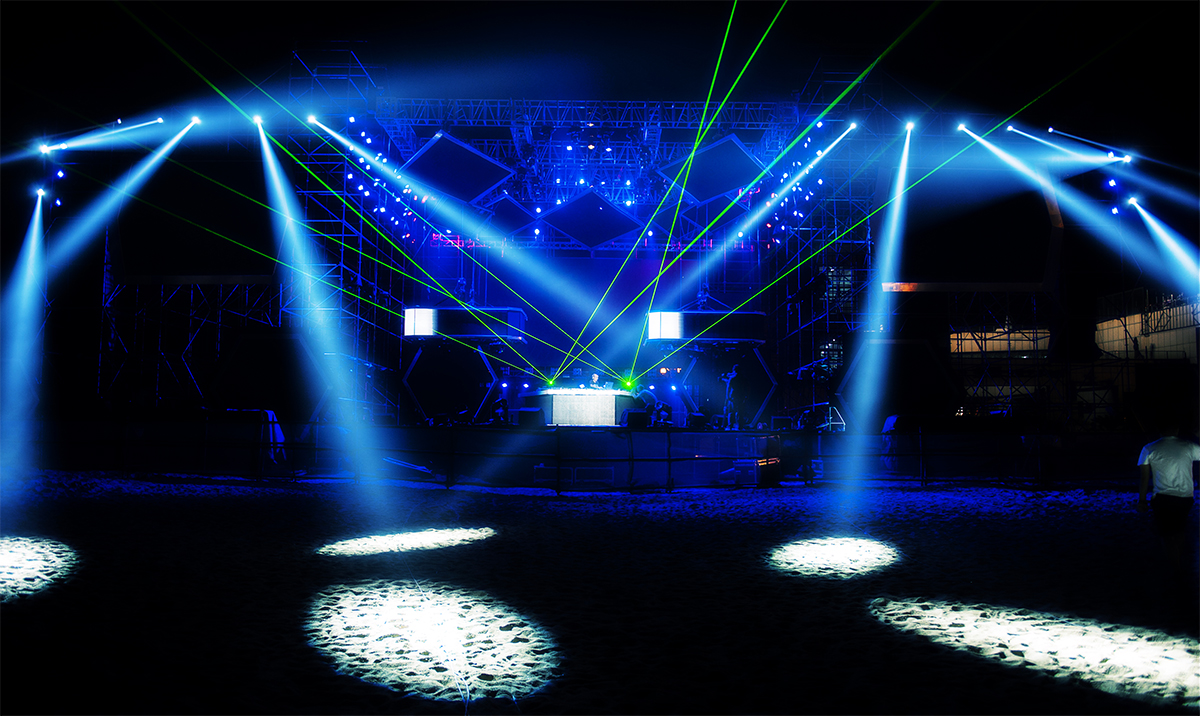
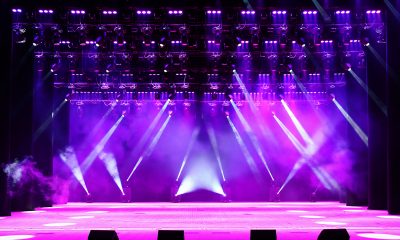
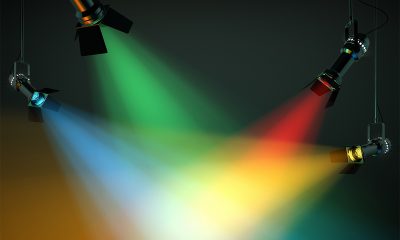
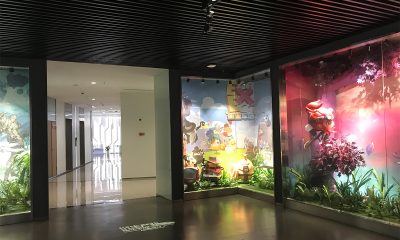
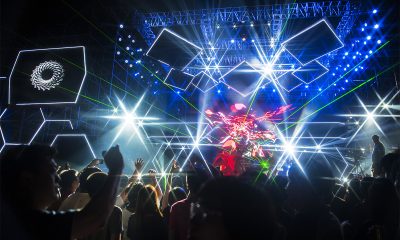
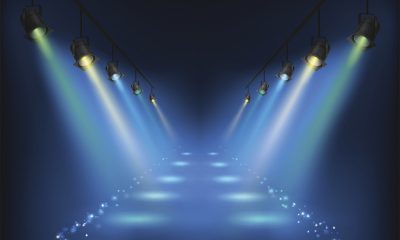

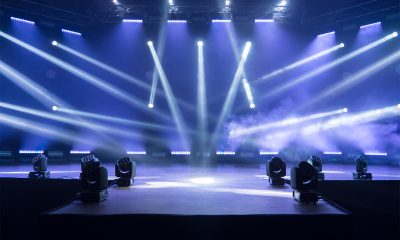






Loading...